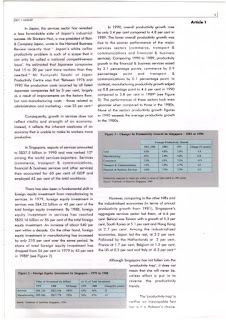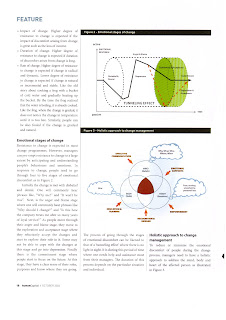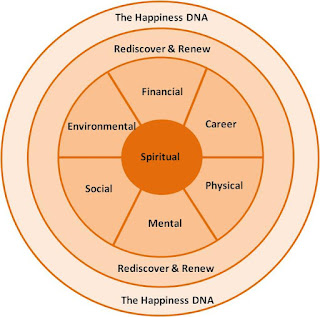Quality Assurance (QA) in Higher Education
Quality in higher education is not a simple one-dimensional notion about academic quality. It is a multi-dimensional concept in view of its varied stakeholders’ needs and expectations.
The World Declaration on Higher Education for the Twenty First Century: Vision and Action (October 1998), Article 11, Qualitative Evaluation considers quality in higher education as “a multi-dimensional concept, which should embrace all its functions, and activities; teaching and academic programmes, research and scholarship, staffing, students, buildings, facilities, equipment, services to the community and the academic environment. Internal self-evaluation and external review, conducted openly by independent specialists, if possible with international expertise, are vital for enhancing quality.”
To develop, implement, maintain and improve the level of quality in higher education, a university needs to install a quality assurance system. The Regional Report of Asia and the Pacific (UNESCO, 2003b) defines quality assurance in higher education as “systematic management and assessment procedures to monitor performance of higher education institutions”.
AUN-QA Models
AUN recognises the importance of quality in higher education, and the need to develop a holistic quality assurance system to raise academic standards and enhance education, research and service among AUN member universities. In 1998, it mooted the AUN-QA initiative which led to the development of AUN-QA models. In the last decade, AUN-QA has been promoting, developing, and implementing quality assurance practices based on an empirical approach where quality assurance practices are shared, tested, evaluated, and improved. The AUN-QA timeline is depicted in Figure 1 below.
Figure 1 – AUN-QA Timeline
The AUN-QA Models comprise strategic, systemic and tactical dimensions (see Figure 2)
and are subjected to both internal and external QA including accreditation.
Figure 2 – AUN-QA Models for Higher Education
Internal QA ensures that an institution, system or programme has policies and mechanisms in place to make sure that it is meeting its own objectives and standards.
External QA is performed by an organisation or individuals outside the institution. The assessors evaluate the operation of the institution, system or programme in order to determine whether it meets the agreed upon or predetermined standards.
Accreditation is the process of external quality review used in higher education to scrutinise colleges, universities and higher education programmes for quality assurance and quality improvement in order to formally recognise it as having met certain predetermined criteria or standards and award a quality label or mark.
The AUN-QA models are applicable to the diverse universities of ASEAN and they are also aligned to both regional and international quality assurance frameworks.
Source: Guide to AUN Actual Quality Assessment at Programme Level



























